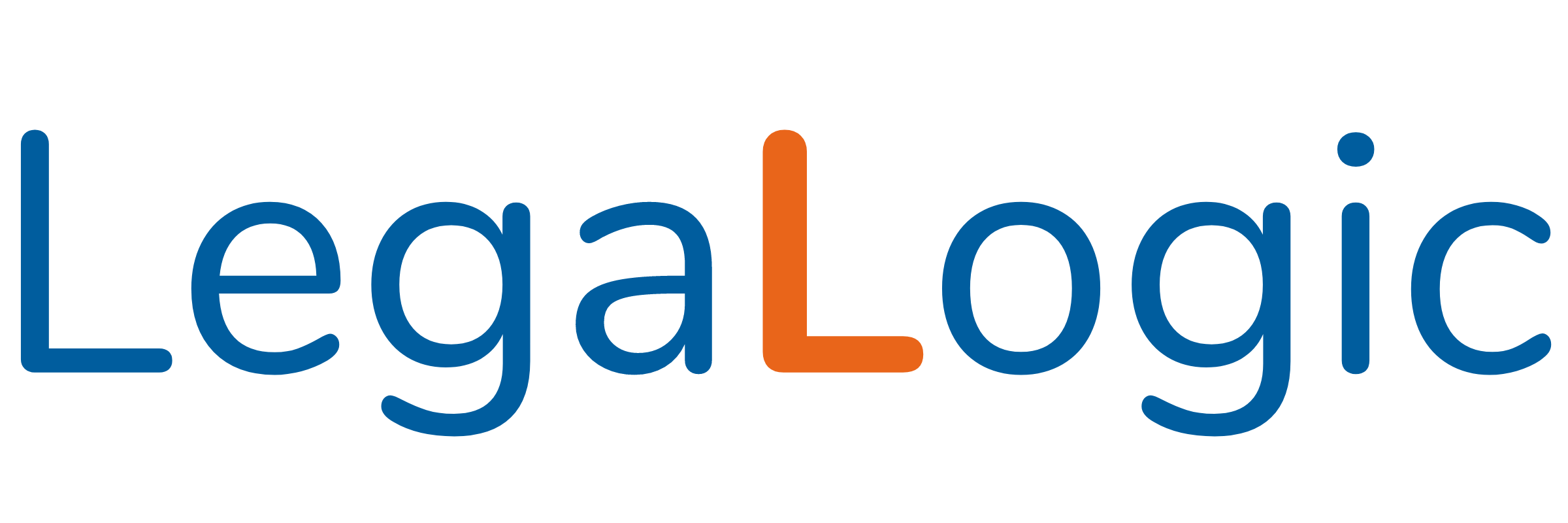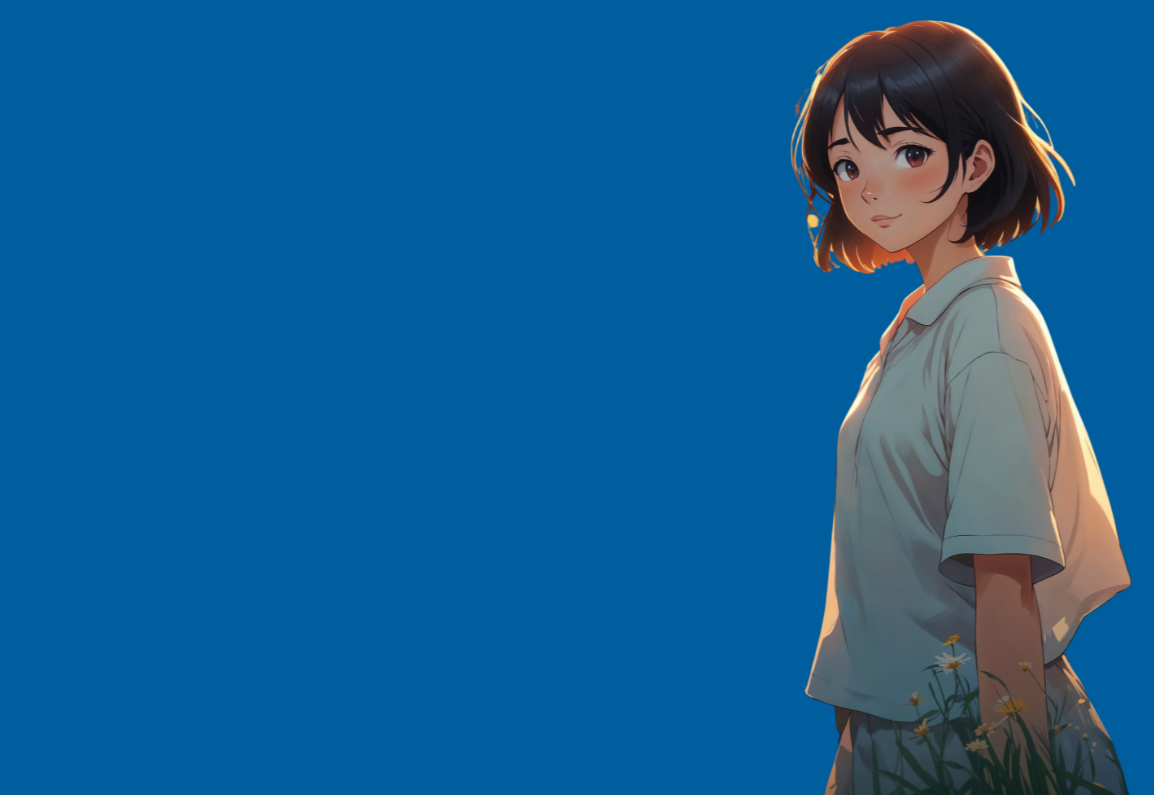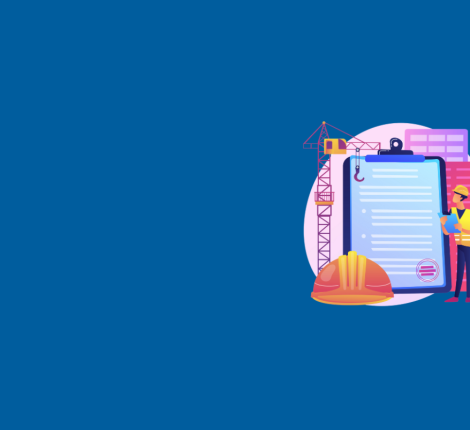Intellectual Property Newsletter – Ghibli Aesthetics & AI: Art or Infringement? : May 2025
What does Ghibli Art mean?
Ghibli art refers to the unique art style of Studio Ghibli, which is one of the most well-celebrated Japanese studios producing animated films. Ghibli has produced a large number of award-winning films, Ghibli art is exemplified by visually rich hand-drawn animation, delicate backgrounds, and a very dreamy and whimsical aesthetic. It is characterized by soft colors, mostly pastel in nature, backdrops with great detail in the illustration of landscapes and cities, and highly detailed expressive characters that command a sense of nostalgia and wonder.
Some of the most distinctive aspects of Ghibli art are the following:
1. Hand-drawn animation: The hand-drawn animation of Ghibli films is characterized by much painstaking detail, something not many other contemporary anime studios do, the majority relying on CGI. It takes many hours to make one animated scene.
2. Detailed backgrounds: Very detailed backgrounds with lush landscapes and intricate architectural designs are found in these films.
3. Colors: Colors that are very soft and muted, which create a sort of dreamy, calming atmosphere.
4. Intricate details: Rich in detailing, thus adding depth to visuals and color.
5. Whimsical and magical atmosphere: Ghibli is known for its fantastic-themed movies, invoking wonder and enchantment.
6. Expressive characters: The expressive moods and unique designs of the characters play a large role in creating emotional depth to the film, making it a unique experience for anyone watching it.
7. Warm and cozy environments: These settings have an alluring warmth; they are also very cozy, which adds to the nostalgic sentiment.
8. Use of nature: Nature tends to play a central role in the Ghibli films, wherein they touch upon themes regarding the human-environment relationship depicting that non-living beings have come alive and are interacting with humans, this concept is something not everyone can depict as easily as Hayao Miyazaki
Ghibli Art Infringing IP
According to the Berne Convention on copyright at the international level, reproduction, adaptation or transformation of works requires permission from the owner. If AI learned on Ghibli’s copyrighted pictures without consent, then such training could mean an infringement.
The questions around which the debate revolves are: Is an AI-generated image a derivation? Can an artist’s style-law be copyright-able? Is a company that develops AIs required to pay a license or compensatory damages to creators whose works are represented in training models?
Of these, many remain in the gray. In general, copyright laws were not designed to meet the problems that AI creates. The studio Ghibli case gives rise to a need for a definite boundary between legitimate inspiration and outright infringement, more so when that technology can so accurately replicate an artist’s work.
Unique style from studio Ghibli has given a new dimension to beautiful and colorful views as well as characters with a finely woven storyline that has earned its acclaim all-round the globe. As AI tools like ChatGPT and DALL·E get easier to use, everyone can input simple prompts to their devices to produce images that resemble this iconic style. But when this type of image work produced or imitated by AI has been truly recognized as art-formed, what exists actually?
Ownership of style is the main issue here. Copyright law generally relates to specific works of art created, not necessarily to the style in which they were created. However, when an AI generates an artwork that closely looks like or imitates a particular artist’s style, then this raises legal considerations concerning whether it will amount to copyright infringement.
Copyright Infringement
All such generated images are considered as derivative works in this case since the AI system used to train itself is an AI learning on datasets that include copyrighted material from Studio Ghibli. Though AI will not directly copy any specific Ghibli scene, the overall look and feel of the image might resemble the original works closely enough to raise copyright concerns. What amounts to copyright infringement in case of AI generated Ghibli work :
- When the AI directly copies the character set or design of any movie or its character then it can be considered as a derivate work and such work amounts to infringement
- Selling of any AI generated Ghibli copyright work amounts to infringement.
- Businesses or organizations make money when they use Ghibli-style designs on goods or services.
This can also cause Copyright Infringement of Artistic Works of People Fair Use Transformation: Some people argue that use of AI-generated content is considered “fair use” or “transformative use,” meaning this legal doctrine allows creating something new via existence, but the new piece of work must bring something substantially different.
The AI generated work when used in certain departments for education or any other such purpose it can be considered under fair use but However, how this applies to AI-generated art has yet to be determined; it is a gray area with aspects to copyright law. Some factors will probably be similar to the original and commercialism surrounding the content.
Current ambiguities surrounding AI and copyright make it necessary to ask such questions as whether AI tools are breaching intellectual property rights of established artists and studios.
Case Laws
-
R.G. Anand v. Delux Films & Ors. (AIR 1978 SC 1613)
Importance: This landmark judgment by the Indian Supreme Court fixed the idea-expression dichotomy in Indian copyright law.
Summary: The plaintiff claimed that a film infringed the copyright in his play. The court held that there was no infringement, emphasizing that copyright does not protect ideas, themes, or subject matter, but only the particular manner of expression. The court laid down the principles that when the general theme is similar, concrete similarities are bound to occur, and he also held that infringement exists only in cases where the copy is substantial so that the ordinary observer would perceive it as a copy
Connection to Ghibli/AI: Thus, the case discusses that, under Indian law, the style of Ghibli itself may not be protectable but certain expressions (characters, specific detailed scenes) are. But whether the way in which AI has copied has enough detail to cross over to copying of protectable expression still remains unanswered.
-
ANI Media Pvt. Ltd. v. OpenAI LLC (CS(COMM) 8 ANI/2024, Delhi High Court)-India (Ongoing)
Significance: The first large-scale litigation in India concerning the usability of copyrighted content (news articles) available online for training AI intervention (ChatGPT).
Summary: ANI states that OpenAI infringed on ANI’s copyright by using its news content for training without their consent or license; they argue that online availability does not eliminate the need for free rights to that use by a commercial AI program. OpenAI insists that they base their use on publicly available sources, and ANI maintained that the company has not shown charges for much substantial reproduction. This case will more likely investigate the fuzziness revolving around exceptions to fair dealing under Indian law concerning the consideration of AI training cases.
Connection to Ghibli/AI: Though text-heavy in nature, this case assumes an enormous amount of importance for India as it pertains to the legality of use and reliance on online copyrighted material (potentially including Ghibli art found online) for AI training and whether such use can be challenged for infringement or considered under fair dealing.
-
Getty Images v. Stability AI Ltd. (No. 1:23-cv-00135, D. Del. – US; [2025] EWHC 38 (Ch) – UK)
Significance: About the legality of scraping and using hundreds of thousands of copyrighted images for training generative AI.
Summary: Getty Images alleges that millions of its photos have been used without permission to train Stability AI’s Stable Diffusion model. They are going to be litigating on infringement in the exercise itself and secondary infringement from the distribution of the AI tool. Owing to UK High Court judgment, this case was allowed to proceed as it suggested that training activities may have taken place within the UK, even intangible software can be considered as infringing one article.
Connection to Ghibli/AI: This indicates the legal face-off that AI companies will have to face with regard to datasets for training their models, which will potentially mimic styles like the Ghibli one. If it somehow gets into the infringement and if found infringing for training on copyrighted data without license, it will be a major setback for how AI models can be developed.
-
Andersen v. Stability AI Ltd. (No. 3:23-cv-00201, N.D. Cal.) – United States (Ongoing)
Relevance: It relates somewhat directly to visual artists suing AI companies (Stability AI, Midjourney, and DeviantArt) for using their artworks for training AI models in order to generate imagery “in the style” of the artist.
Summary: The artists charge copyright infringement, addressing both the training process and the resultant imagery. In preliminary adjudication, the court stated that in cases of output infringement, the plaintiffs must demonstrate a substantial similarity between particular AI outputs and their copyrighted works, not merely that AI can imitate their style. The second line of sight is whether the AI model itself copies-heavy training data could be seen as infringing.
Connection to Ghibli/AI: This case is relevant because it considers the legality of training AI on visual art and generating outputs that emulate the style of particular artists. Depending on how it is resolved, it will set tremors on whether style mimicry itself can become a basis for infringing claims or whether specific copies will always be the required elements. These cases give us a very broad perspective on the ongoing debate between AI and IP Infringement and gives us both the views to the debate.
Conclusion
The artistic style as such is not copyrightable in itself (R.G. Anand), yet when an AI is enabled to reproduce it with high fidelity, the line between protection and accepting it as an idea becomes hazy. The ongoing lawsuits (Andersen, Getty, ANI) will consider infringement for training an AI on copyrighted works-one way to test substantial similarity or unauthorized derivative works for outputs that mimic styles. The outcome of these suits would loom large, especially in places like the US and India, in framing the jurisprudence on AI-generated art deriving from established styles like those of Studio Ghibli.
The advent of AI art offers exciting avenues to these creators and industries, but this also opens up some very critical legal and privacy concerns. It sounds very creative to generate a whole lot of Ghibli-style works already with the help of AI; however, accompanying these positives are some stark dangers, especially in terms of copyright infringement and data privacy.
As AI tools continue to advance, we are anticipating more developments in the laws relating to copyright and the regulatory framework surrounding data privacy. For now, users are urged to be aware of the ever-burgeoning copyright legislation, to protect their interests, and make sure that their private information is fully safeguarded. Responsible employment of AI-generated art can thus provide a great avenue for artistic expression without trespassing on privacy or infringing legal rights.
About Us:
LegaLogic (www.legalogic.com) is a full-service law firm with more than 100 people team. Founded in 2013, LegaLogic has been advising across industry segments. It is a go-to firm for the Corporate Commercial Matters, M&A, Intellectual Property, Employment Law, Real Estate. Dispute Resolution, Litigation, India Entry Strategy and Private Client Practice. To know more about Intellectual Property Law practices, please write to us at ipr@legalogic.com.
Disclaimer:
This newsletter is for informational purpose only and should not be treated as legal advice or opinion. No part of this newsletter should be considered an advertisement or solicitation of professional services of LegaLogic.





